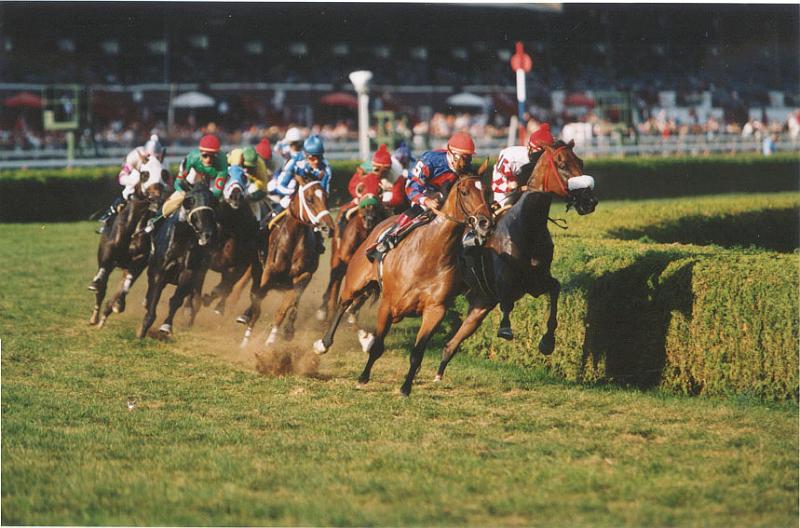
Handicapping horses for wagering purposes can be a challenging intellectual pursuit as well as a financially rewarding activity, but only if done in a scientific manner. There are countless handicapping strategies in widespread use, but most of them center on eliminating non-contending horses by looking for the universally agreed-upon marks of winning stallions. By performing a carefully calculated assessment of each horse in a race, bettors can maximize their chances of winning big during a day at the track or placing bets at MyWinners.com.
Last Race
The outcome of the last race a horse was entered into can have a profound effect on the perception of the horse’s current odds. An easy win of over three lengths can create immense hype around a particular contender, particularly in a high-class race. While the last race should certainly be factored into any sound handicapping strategy, such a horse can create less than preferable odds for wagering due to higher than normal expectations.
Finish History
Finish history is a reliable indicator of a horse’s future performance, and recent races can be used to accurately project an entrant’s chances of winning a given race. Horses that have recently finished first, second or third at a similar course distance and track are given preference in handicapping strategies. Another element of finish history is the horse’s performances within its class or higher within the last 45 days, as a horse that performs adequately in a Grade 1 stakes race is likely to be an even more dangerous contender in a Grade 2 race.
Winning Percentage
A horse’s winning percentage is another central element to many handicapping strategies. A horse that has won 1 in 5 starts or more during the current year is an excellent bet to do well in any race. Jockey winning percentage is important as well, and jockeys who post a yearly winning percentage of 20 or more are good bets to win, especially when riding a contending horse.
Training History
Dedicated handicappers can even look into the horse’s training history for further insight into a projected performance on race day. Horses that post personal records in five or six furlong runs in the two weeks leading up to the race are very likely to do well at the track, as they can be expected to run at the peak of their abilities. Other training factors that can impact race performance are the addition of blinkers or the use of breathing enhancement medications, both of which deliver a significant boost to a horse’s performance during the first race of use.
Although the relative importance of each factor varies from system to system, the common theme they all share is that the horse with the most of these critical factors working in their favor is a smart choice to win.
